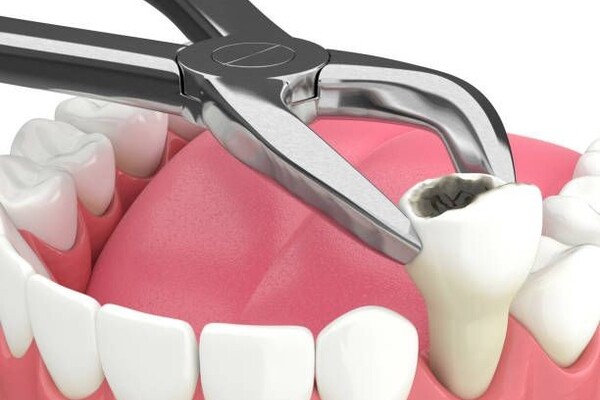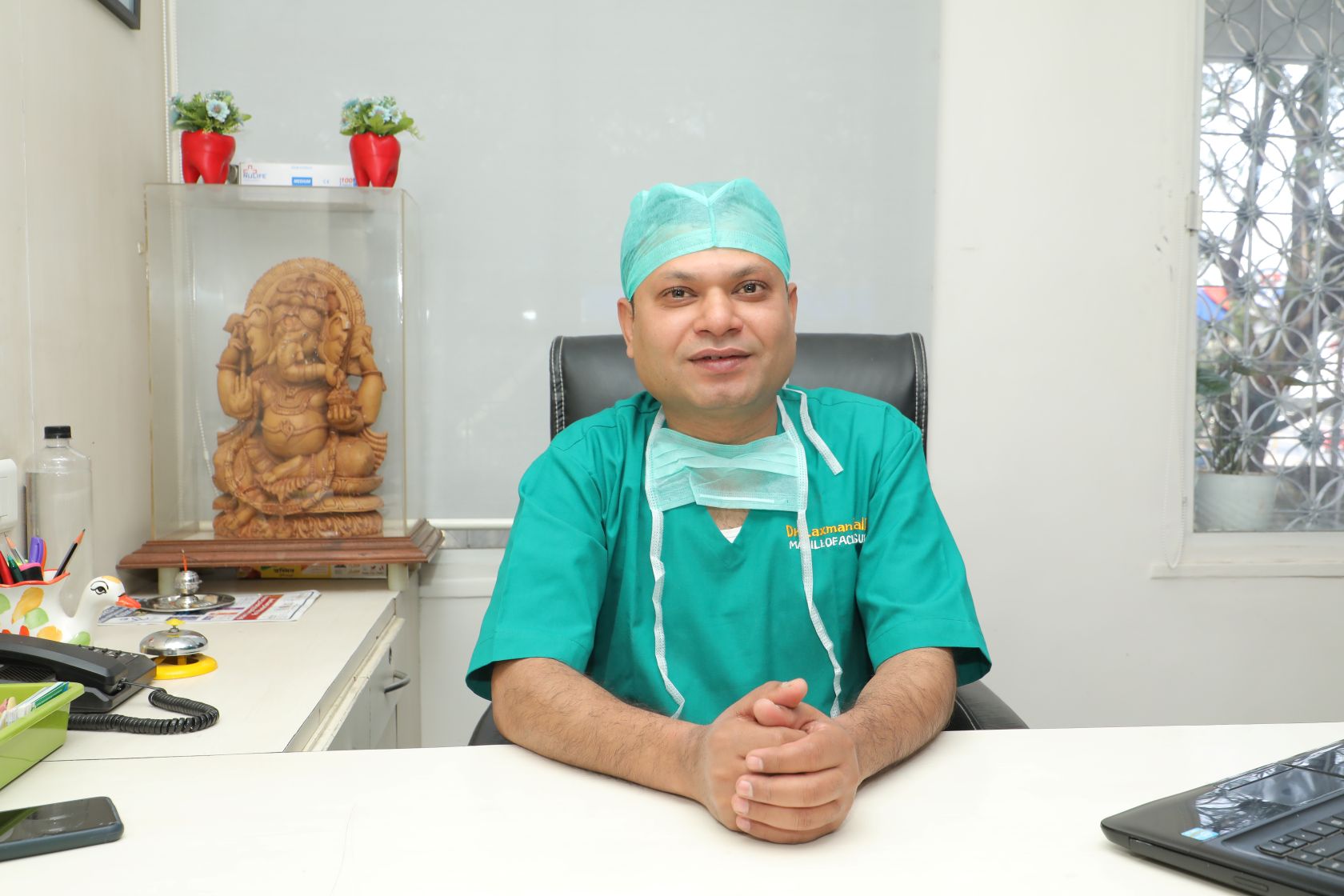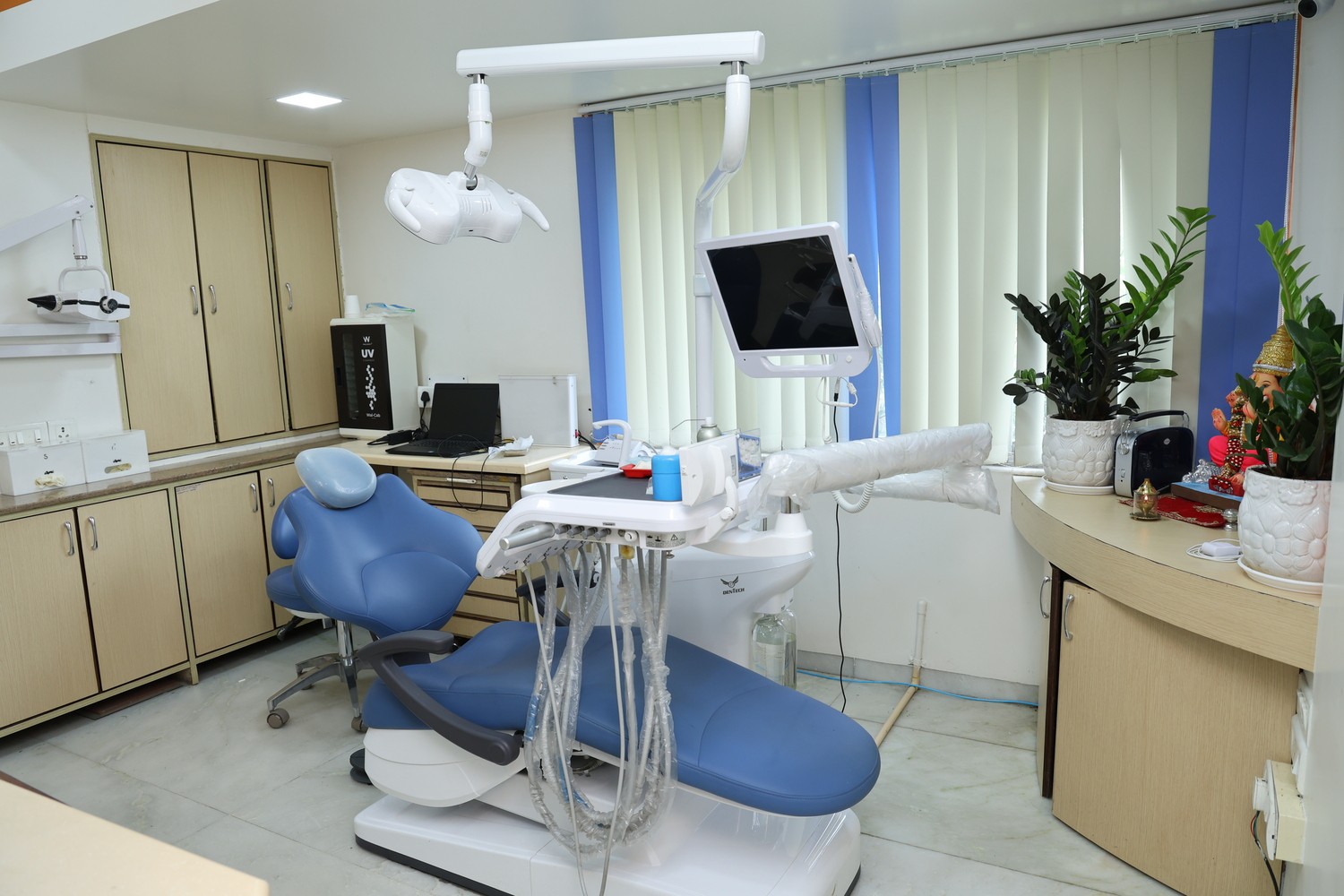Extraction
- Home |
- Extraction
Extraction
Types
- Regular Extraction
- Wisdom Tooth Removal
- Orthodontic Tooth Extraction
- Surgical Extraction
- Disimpaction

Extraction
is the removal of a tooth from its socket in the bone. It’s often necessary for severely decayed, damaged, or impacted teeth that can’t be saved through other treatments. Simple extractions are performed on visible teeth, while surgical extractions are needed for teeth that are not easily accessible. This procedure relieves pain, prevents further complications, and can be a preliminary step for orthodontic treatment or dental implants.
Regular Extraction
Regular extraction involves the removal of a tooth that is visible in the mouth. It’s typically performed when a tooth is severely decayed, damaged, or loosened by gum disease. The procedure is straightforward, usually requiring local anesthesia, and it helps to manage pain, prevent infection, and maintain oral health.
Wisdom Tooth Removal
Wisdom tooth removal is a common procedure to extract one or more of the third molars, which often emerge between the ages of 17 and 25. These teeth can cause issues such as impaction, crowding, or infection. The removal is typically performed surgically and aims to prevent future dental problems and maintain alignment of the existing teeth.
Orthodontic Tooth Extraction
Orthodontic tooth extraction is performed to create space for the proper alignment of teeth. It’s often necessary in cases of overcrowding to ensure the success of orthodontic treatments like braces. This extraction helps to achieve a balanced bite and an aesthetically pleasing smile by allowing the remaining teeth to move into their ideal positions.
Surgical Extraction or Disimpaction
Surgical extraction, or disimpaction, is a more complex procedure required for teeth that are not easily accessible or have not fully erupted, such as impacted wisdom teeth. This involves making an incision in the gum to access the tooth, and sometimes removing bone around the tooth. The procedure treat pain, prevents further complications, and maintains overall oral health.

20 +
years experience
FAQs
What are basal implants and how do they differ from traditional implants?
Basal implants are a type of dental implant that utilizes the dense cortical bone in the basal region of the jaw for stability. Unlike traditional implants, basal implants are single-piece implants that do not require bone grafts or sinus lifts, making them suitable for patients with insufficient bone volume or density. They also allow for immediate loading, meaning permanent teeth can be fixed in less than a week after the implant surgery.
Are basal implants suitable for everyone?
Basal implants are generally suitable for patients with moderate to severe bone atrophy, including those who are diabetic, hypertensive, or smokers. However, they may not be suitable for patients with certain medical conditions, such as recent myocardial infarction or stroke, or those taking medications that inhibit blood clotting. It's best to consult with a dental professional to determine if basal implants are the right option for you.
What is maxillofacial surgery and what conditions does it treat?
Maxillofacial surgery is a specialized type of surgery that focuses on the face, jaw, neck, and mouth. It treats a variety of conditions, including jaw pain, limited jaw function, tooth impaction, oral diseases, abnormal bites, temporomandibular joint (TMJ) disorders, facial injuries, cleft lips and palates, and tumors or cysts in the head and neck area
What is the recovery process like after maxillofacial surgery?
Recovery after maxillofacial surgery varies depending on the specific procedure. Generally, you may need to follow a liquid or pureed diet for about 4 to 6 weeks, and you might experience some swelling and discomfort. Your surgeon will provide specific post-operative care instructions, and it's important to follow them closely to ensure proper healing
How often should I get a dental checkup?
It's recommended to visit your dentist every six months for a routine checkup and cleaning. However, based on your oral health, your dentist might suggest more frequent visits.
What are the best ways to practice good oral hygiene at home?
Brush your teeth twice daily with fluoride toothpaste, floss daily, use an antiseptic mouthwash, eat a balanced diet, and avoid tobacco.
How can I improve the whiteness of my teeth?
You can improve teeth whiteness by practicing good oral hygiene, avoiding staining foods and beverages, and considering professional whitening treatments or over-the-counter whitening products recommended by your dentist.
Why should I have dental X-rays taken?
Dental X-rays help identify hidden dental issues such as cavities, impacted teeth, bone loss, and infections that are not visible during a regular exam.
Why does my breath smell bad and how can I fix it?
Bad breath, or halitosis, can result from poor oral hygiene, certain foods, dry mouth, smoking, or medical conditions. Improve your oral hygiene, stay hydrated, and visit your dentist to address the underlying cause.
Why is dental work so expensive?
The cost reflects high-quality materials, advanced technology, skilled labor, and overhead costs of running a dental practice. Many dentists offer payment plans or financing options.




